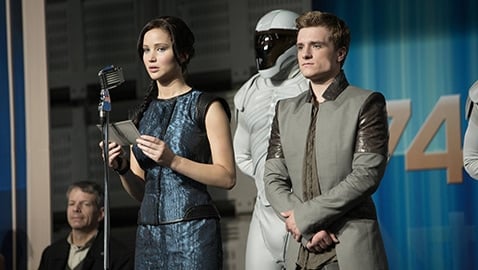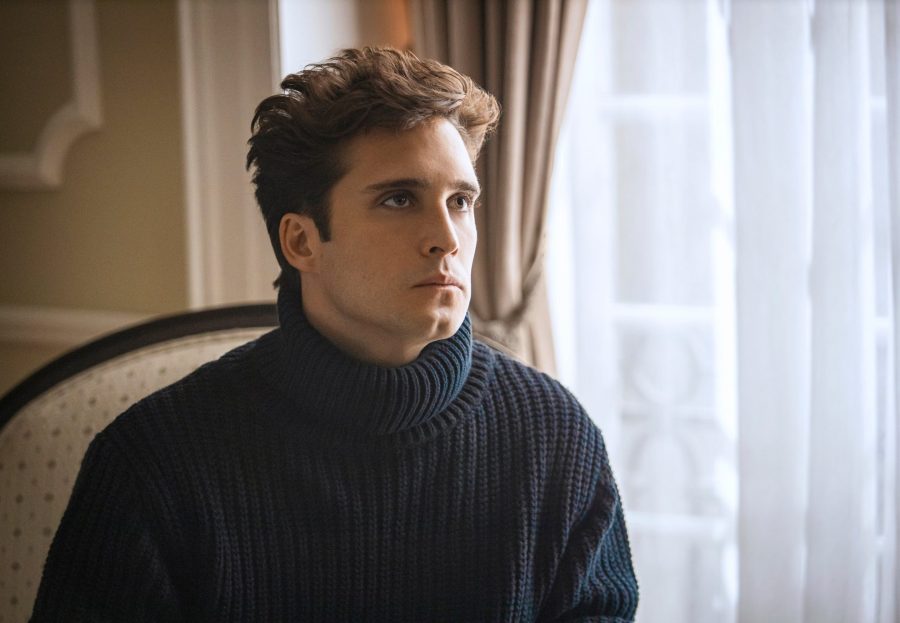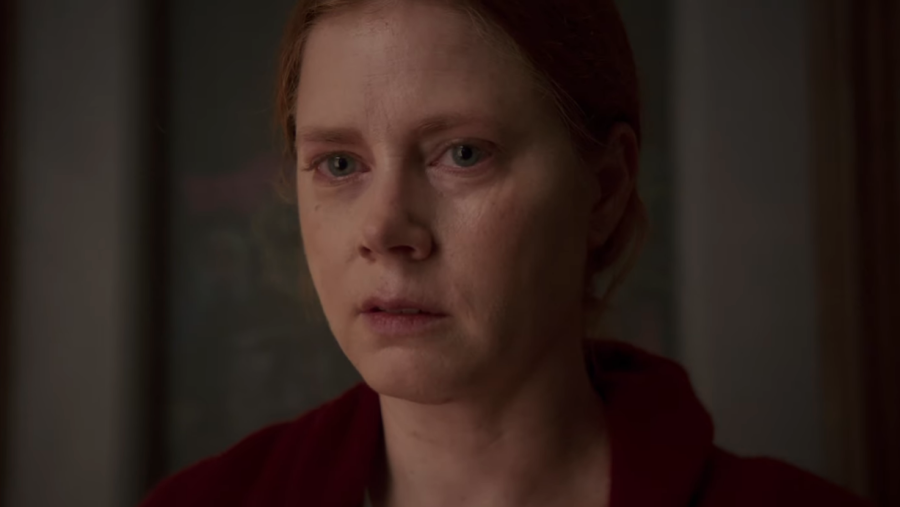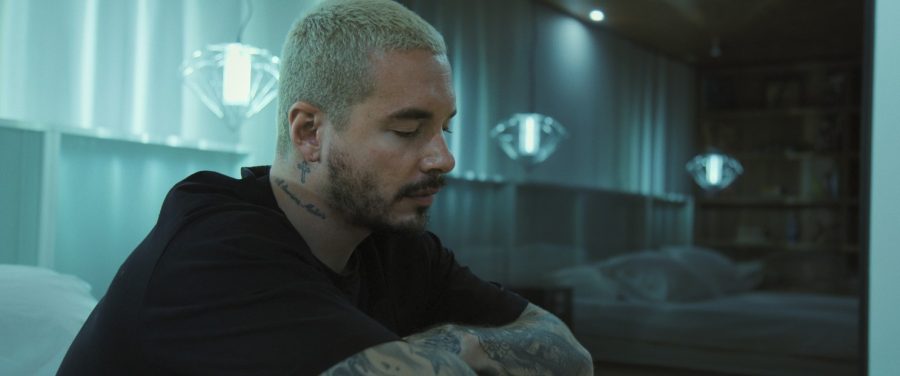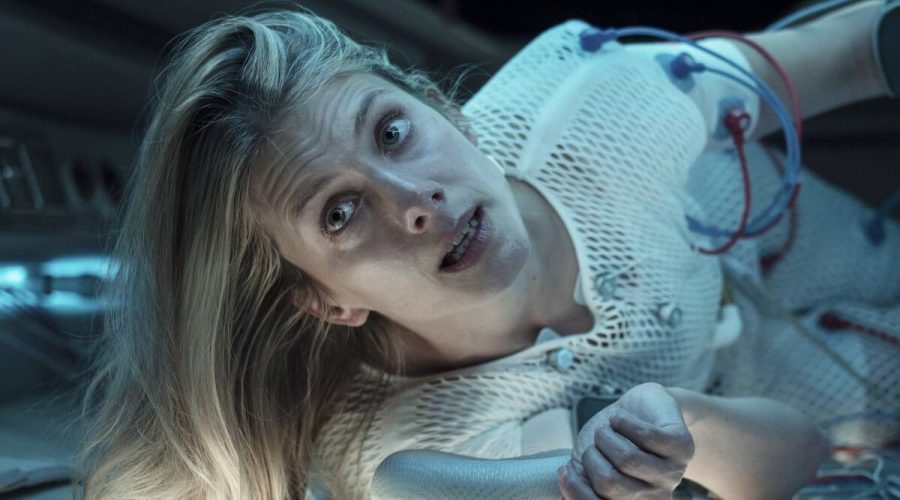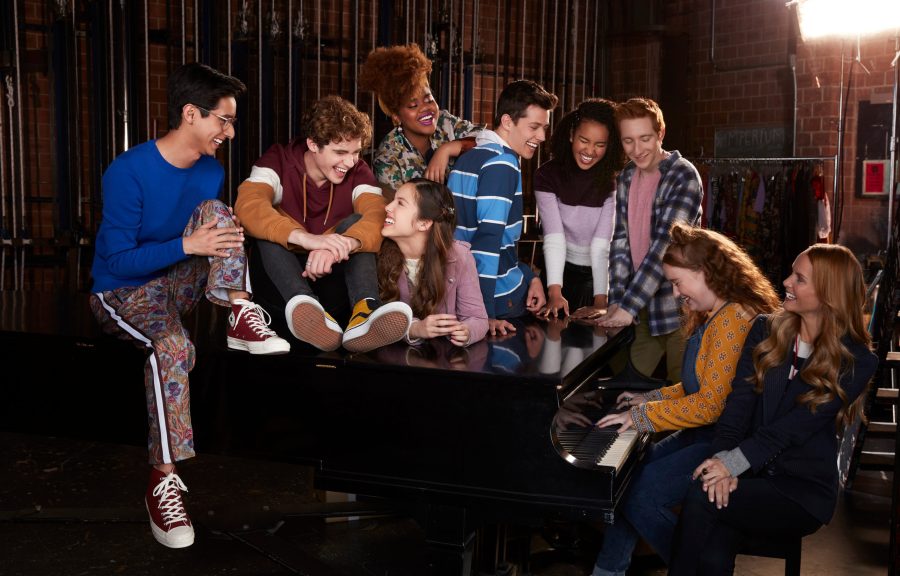With more complex characters and darker themes, “Catching Fire” shines brighter than its predecessor
Directed by Francis Lawrence Starring Jennifer Lawrence, Josh Hutcherson, Liam Hemsworth, Woody Harrelson Rated PG-13 Release Date Nov. 22 Rating 4/5“The Hunger Games” was child’s play. In “Catching Fire,” what little innocence was present in the first film is long gone as Katniss begins a gradual — but inevitable — descent into apathy. Through intricate plot layers, new director Francis Lawrence (“Water for Elephants”) creates richer and rounder characters than the ones found in the books.
This time around, the Games are more terrifying than ever, as Katniss (Jennifer Lawrence) and Peeta (Josh Hutcherson) are thrust back into the arena with past victors. Now facing experienced killers and certain death, Katniss is willing to do anything to keep Peeta alive.
Despite this thrilling premise, “Catching Fire” still suffers from an unnecessary love triangle among Katniss, Peeta and Gale (Liam Hemsworth), which distracts viewers from the gravity of other events. After “winning” the Hunger Games the first time around, Katniss is unable to escape the traumatic aftermath of inadvertently killing 22 people. She suffers from hallucinations, unable to hunt without imagining that the animals she kills are real people.
Because the plot focuses on Katniss’ mental state, the romantic story falls flat — attention shifts from forced puppy love to the politics of the Games and the impending revolution in the districts. With each lingering look and kiss, the chemistry between Katniss and Gale feels less and less organic. While Lawrence and Hutcherson’s performances are nuanced and moving, Hemsworth’s performance is forgettable. For a movie that thrives on desperation and suspense, the subplot inescapably slows the first half of the movie down.
The movie picks up speed when it takes us into the inner mechanisms of the Capitol. As they did in the first film, avid readers will appreciate the additional scenes between President Snow (Donald Sutherland) and the new Head Gamemaker (Philip Seymour Hoffman) in the Capitol. Although not in the books, the scenes provide insight into the calculated moves from Snow.
One short scene near the beginning best illustrates the absurdist world Katniss lives in. A Capitol schoolgirl tells Katniss what she wants to be just like her when she grows up: a tribute in the Games. A normal child would dream to be a doctor or novelist or lawyer, but this child, blind to any other options, vows to kill other children — she believes it to be a respectable achievement. The movie uses the stark disparities between our world and Katniss’ to draw out emotional despair from audiences: We can congratulate ourselves on being different from these characters, but the movie reminds us that we have the capacity to be equally barbaric.
By the time the Games roll around, we are so invested in characters from the past films that we don’t expect new ones to be well-developed. However, when tributes and past victors Finnick Odair (Sam Claflin) and Johanna Mason (Jena Malone) are introduced, they elicit non-apathetic emotions from Katniss like no other character can. (Katniss’ face when Johanna strips naked in an elevator can only be described as GIF-worthy.)
Overall, “Catching Fire” excels in producing unique character arcs. The film successfully unravels dark truths about human instinct — in and out of the battlefield.


